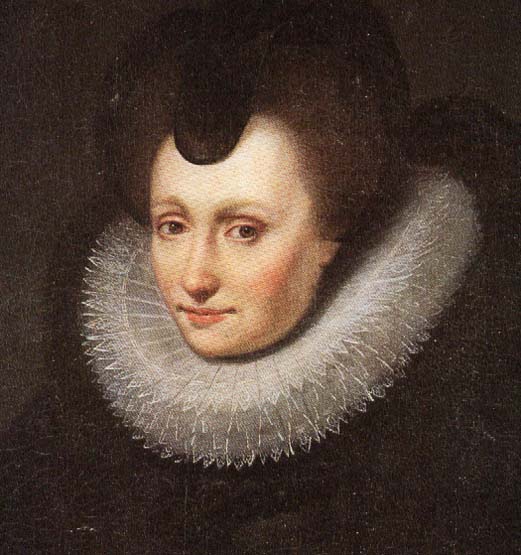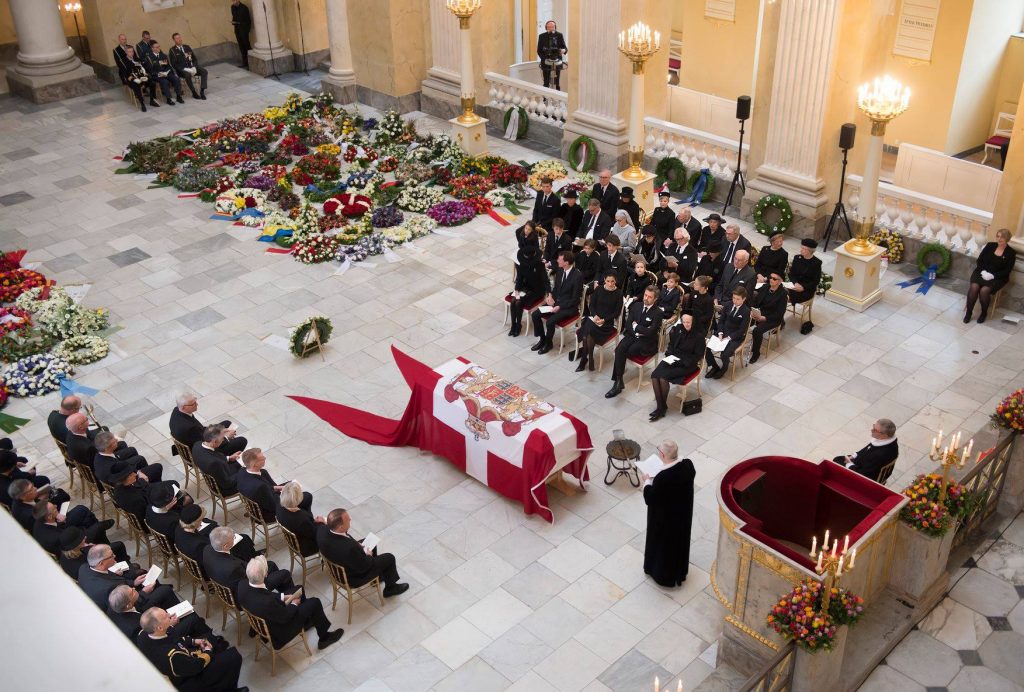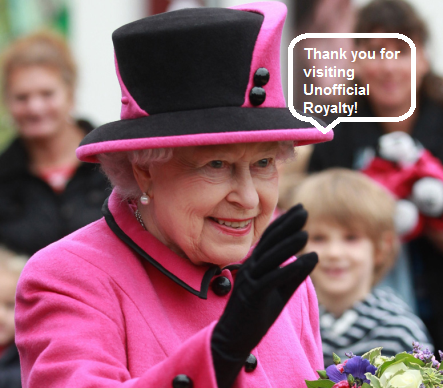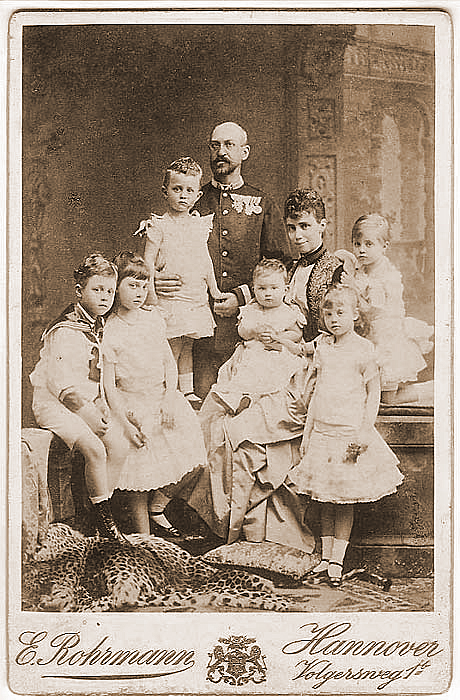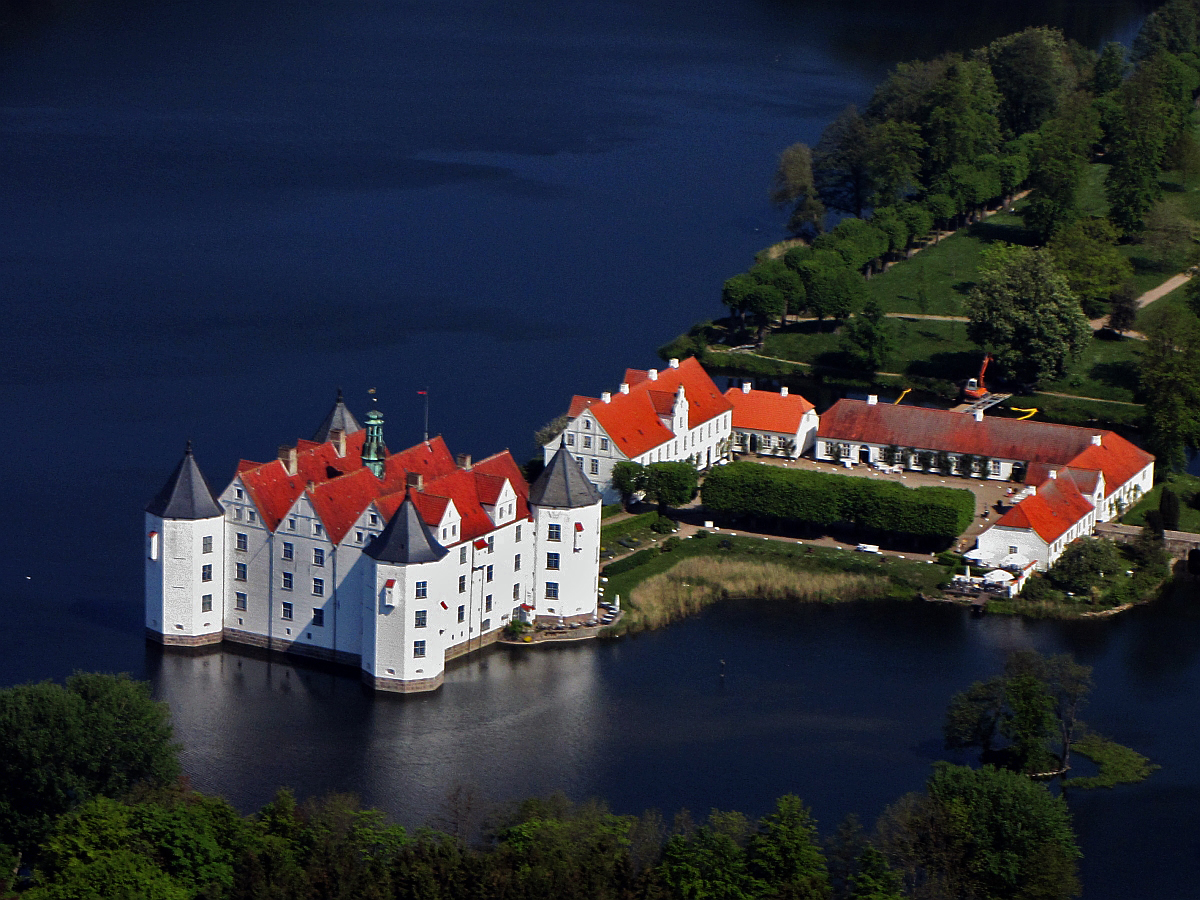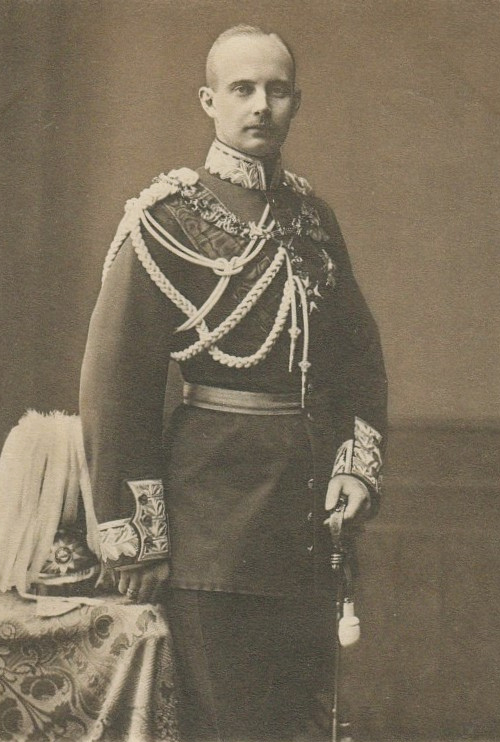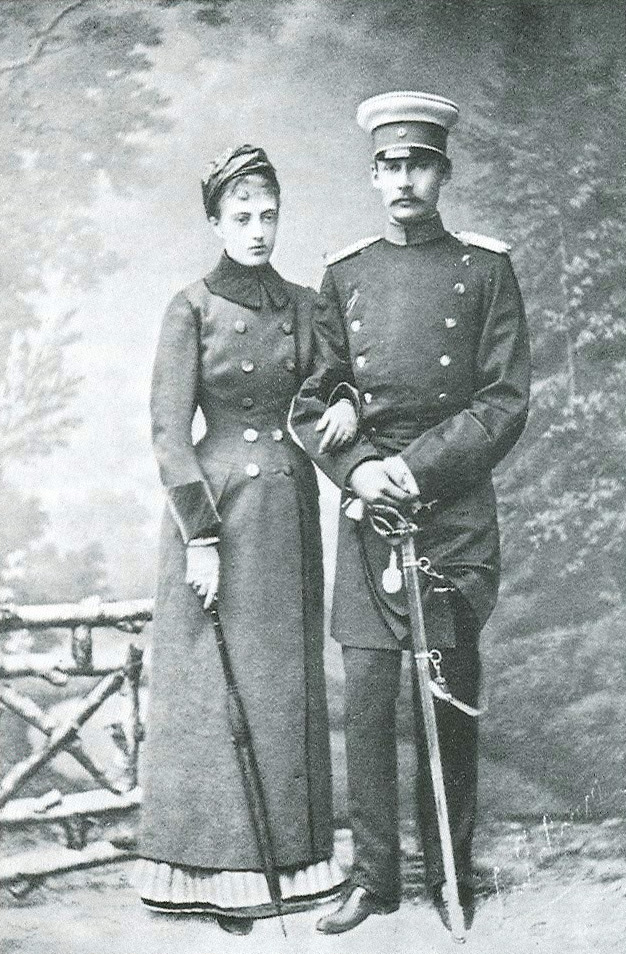by Susan Flantzer
© Unofficial Royalty 2018

Filips Willem, Prince of Orange; Credit – Wikipedia
Filips Willem (Philip William in English), Prince of Orange was born on December 19, 1554, in Buren, Guelders, now part of the Netherlands, but then part of the Habsburg Netherlands ruled by Charles V, Holy Roman Emperor, King of Spain, Lord of the Netherlands and Archduke of Austria. Filips Willem was the only son of Willem I (the Silent), Prince of Orange and the first of his four wives Anna van Egmont. He was named for King Philip II of Spain (son of Charles V) and his father.
Filips Willem had two sisters but only one survived infancy:
- Maria (1553 – 1555), died in early childhood
- Maria (1556 – 1616), married Count Philip of Hohenlohe-Neuenstein, no children
Filips Willem had five half-siblings from his father’s second marriage to Anna of Saxony:
- Anna (born and died 1562)
- Anna (1563 – 1588), married her first cousin Count Willem Lodewijk of Nassau-Dillenburg, no children
- Maurits (1564 – 1566), died in early childhood
- Maurits, Prince of Orange (1567 – 1625), unmarried, no legitimate children
- Emilia (1569 – 1629), married Prince Manuel of Portugal, had eight children
Filips Willem had six half-sisters from his father’s third marriage to Charlotte de Bourbon-Monpensier:
- Louise Juliana (1576 – 1644), married Friedrich IV, Elector Palatine, had eight children including Friedrich V, Elector Palatine, grandfather of King George I of Great Britain
- Elisabeth (1577 – 1642), married Henri de La Tour d’Auvergne, had seven children
- Catharina Belgica (1578 – 1648), married Count Philipp Ludwig II of Hanau-Münzenberg, had ten children
- Charlotte Flandrina (1579 – 1640), converted to Roman Catholicism and became a nun
- Charlotte Brabantina (1580 – 1631), married Claude, Duc de Thouars, had four children
- Emilia Antwerpiana (1581 – 1657), married Friedrich Casimir, Count Palatine of Zweibrücken-Landsberg, had three children
Filips Willem had one half-brother from his father’s fourth marriage to Louise de Coligny:
- Frederik Hendrik, Prince of Orange and Count of Nassau (1584 – 1647), married Countess Amalia of Solms-Braunfels, had nine children including Willem II, Prince of Orange who was the father of Willem III, Prince of Orange who was later King William III of England; the current Dutch royal family are Frederik Hendrik’s descendants through two of his daughters

A sculpture of Filips Willem, his parents, and his sister; Credit – By Brbbl – Own work, https://commons.wikimedia.org/w/index.php?curid=20845588
Filips Willem’s mother Anna van Egmont was the only child of Maximilian of Egmont, Count of Buren and Leerdam and she inherited those titles in her own right when her father died. Sadly, Anna died when Filips Willem was three years old and he inherited his mother’s titles. Filips Willem and his sister Maria were placed in the care of the sister of Holy Roman Emperor Charles V’s sister Mary of Austria, Governor of Habsburg Netherlands.
In 1555, Charles V abdicated and retired to the peace of a monastery, where he died three years later. Upon Charles’s abdication, the Holy Roman Empire was inherited by his younger brother Ferdinand, who had already been given the Austrian lands in 1521. The Spanish Empire, including the possessions in the Netherlands and Italy, was inherited by Charles’ son King Philip II of Spain. In 1568, Willem I, Prince of Orange, Filips Willem’s father, became the main leader of the Dutch revolt against the Spanish Habsburgs who held the land that we now know as the Netherlands and Belgium. That set off the Eighty Years’ War and resulted in the formal independence of the Dutch Republic in 1581.
At the time of the outbreak of the revolt, 13-year-old Filips Willem was a student at the University of Leuven in Brabant, now in Belgium. Angered by Willem I’s revolt, Philip II arranged for the boy to be kidnapped and taken to Spain, partly as a hostage, but also to be raised as a Catholic and a loyal subject to Spain. Filips Willem never saw his father again.

Filips Willem is kidnapped from the University of Leuven by David van der Kellen; Credit – Wikipedia
Filips Willem was allowed to continue his studies at the University of Alcalá de Henares and soon spoke six languages fluently. He was given the freedom to hunt, dance, and have friends and was allowed to visit King Philip II. Although contact with his family was forbidden, he had managed to write to his father. After the correspondence was discovered, Filips Willem was transferred to the Castle of Arévalo under somewhat stricter conditions.
In 1580, Willem I was declared an outlaw by Philip II. He called Willem “a pest on the whole of Christianity and the enemy of the human race” and offered 25,000 crowns to anyone who killed Willem. Willem was severely injured by an unsuccessful assassination attempt in 1582. On July 10, 1584, Balthasar Gérard, a subject and supporter of Philip II who regarded Willem as a traitor to both Philip and the Catholic religion, succeeded in assassinating Willem.
Filips Willem became Prince of Orange, a French hereditary title, not a Dutch title. However, he was not allowed to return to his homeland because he was not trusted and was considered an agent of Spain. His half-brother Maurits held his father’s elective offices as Stadtholder (Governor) of the provinces of Holland and Zeeland. Five years later, Maurits became Stadtholder of the provinces of Guelders, Overijssel, and Utrecht. As the Stadtholder of five of the seven provinces of the Dutch Republic, Maurits was effectively the ruler of the Dutch Republic. In Filips Willem’s absence, his sister Maria vigorously defended his claims to the title Prince of Orange and other titles against the claims of their half-brother Maurits. In 1596, 28 years after he was kidnapped, Filips Willem returned to the Netherlands and lived at the Palace of Nassau in Brussels. At the request of the States-General (the legislature), he did not engage in political affairs. In 1606, Filips Willem was recognized as Lord of Breda.

Éléonore de Bourbon-Condé; Credit – Wikipedia
Through the influence of Louise de Coligny, Willem I’s French fourth wife and widow, Filips Willem made a French marriage. At the age of 51, he married 19-year-old Éléonore de Bourbon-Condé, daughter of Henri I de Bourbon, Prince de Condé (a first cousin of King Henri IV of France) and his second wife Charlotte Catherine de la Tremoille, on November 23, 1606, at the Château de Fontainebleau in France. The couple was childless.
Filips Willem died on February 20, 1618, at the age of 63, at the Palace of Nassau in Brussels after a botched medical procedure. In his will, he requested to be buried in one of his cities (Breda, Orange, Lons-le-Saunier, or Diest) whichever would be closest to his place of death. He had a Catholic funeral and was buried at the Catholic parish church Saint Sulpice in Diest, now in Belgium. In 1944, a proposal was made to Queen Wilhelmina to move the remains of Filips Willem to the royal crypt at the Nieuwe Kerk in Delft, where the other Princes of Orange (except Willem III, Prince of Orange who later became King William III of England) and the monarchs of the Netherlands are buried. Queen Wilhelmina rejected the proposal because of Filips Willem’s burial request in his will.

Saint Sulpice Church in Diest; Photo Credit – Door Sonuwe – Eigen werk, CC BY-SA 3.0, https://commons.wikimedia.org/w/index.php?curid=5520238
This article is the intellectual property of Unofficial Royalty and is NOT TO BE COPIED, EDITED, OR POSTED IN ANY FORM ON ANOTHER WEBSITE under any circumstances. It is permissible to use a link that directs to Unofficial Royalty.





